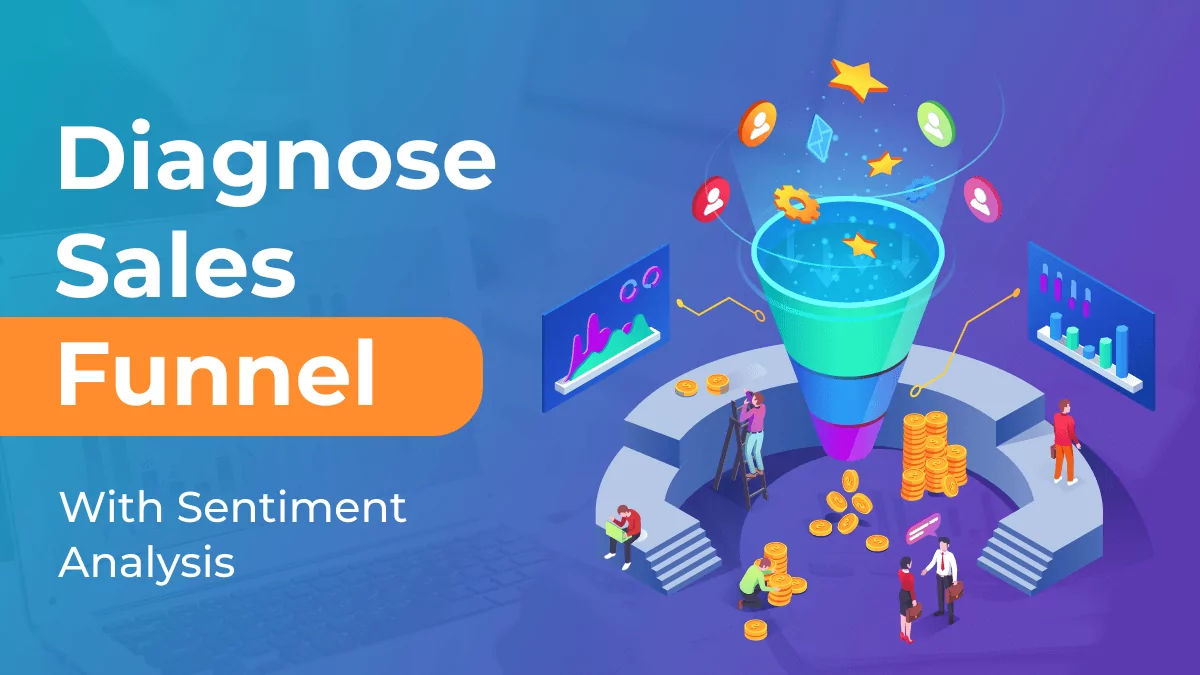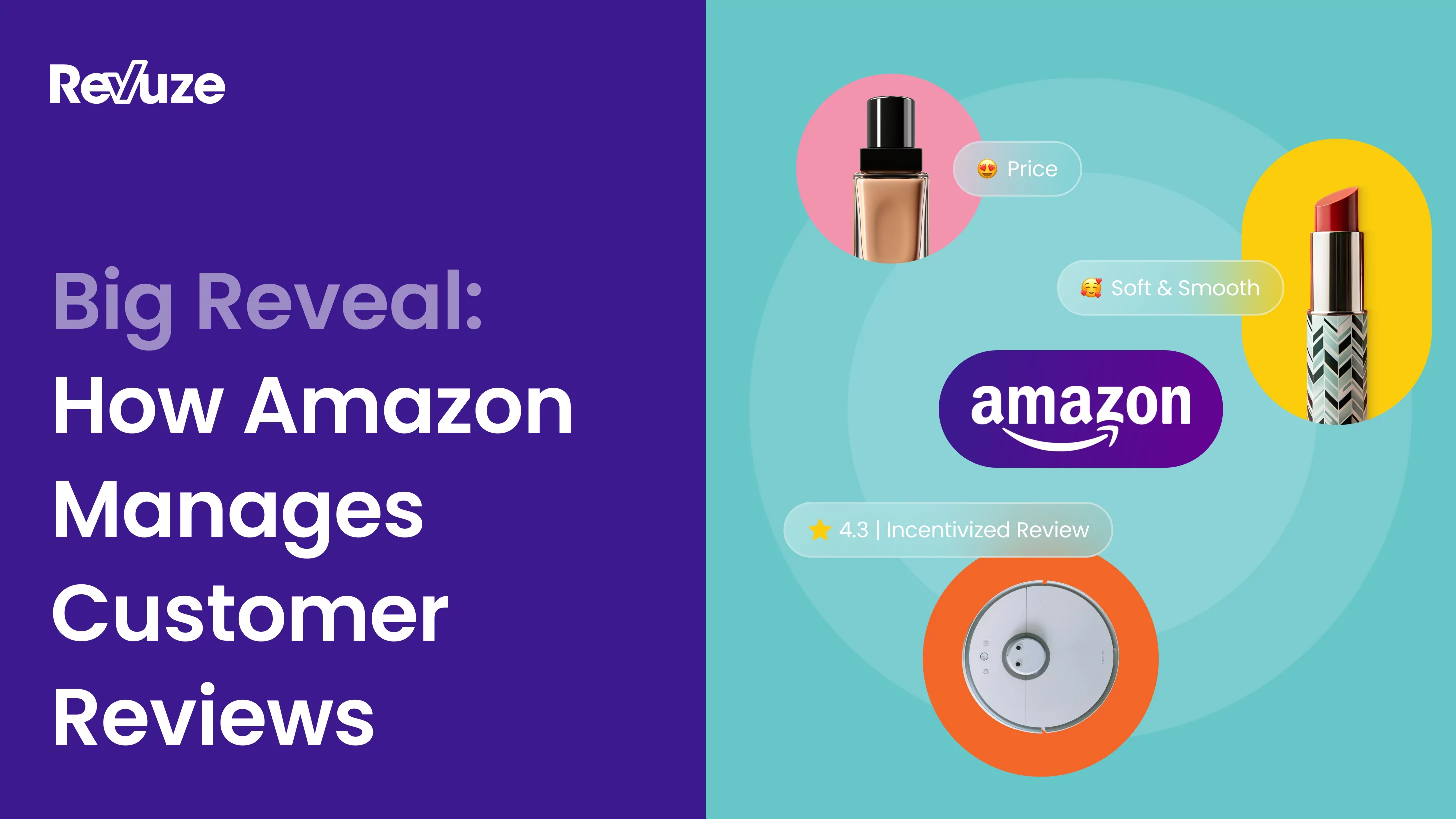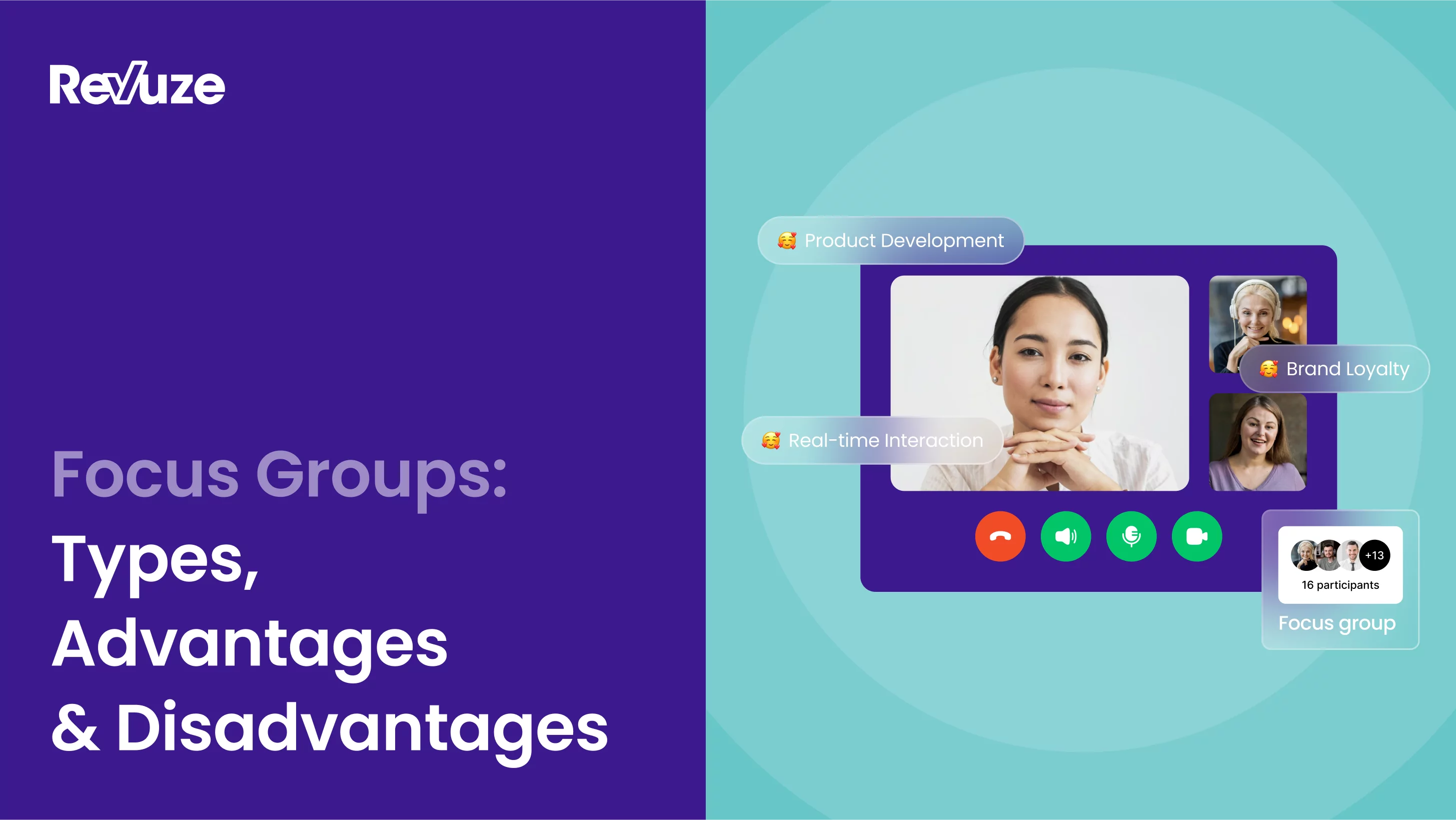
According to research by Statista, the global eCommerce conversion rate is averaging under 3%!!!!
This means that out of every 1,000 consumers checking you out, visiting your online store, and engaging with your offerings – less than 30 consumers will buy from you.
When looking at the solutions available to brands to optimize the different phases of the sales funnel, the phase that seems the most challenging to diagnose is the decision phase (Right after Interest and before Purchase).
Brands can diagnose their sales funnel with sentiment analysis when applied to eCommerce ratings and reviews, Let’s explore why.
A Quick Overview Of The Sales Funnel & Tools

The simple version of the sales funnel is split into 4 phases:
- Awareness: Making the consumer aware of your brand/offering
- Interest: Moving the consumer to take an active interest in your offering
- Decision: When the consumer is deciding between alternatives
- Purchase: The purchase action
Awareness/Interest phases are typically owned by Marketing and analyze activities like Social Media chatter, Website visitors and behaviors, etc. For these phases, the marketing team will likely use Social Media Monitoring/Listening tools, Web Analytics, Customer Journey Analytics, etc.
The Purchase phase is typically done on your D2C (Direct To Consumer) brand website or retailer/marketplace websites. On D2C, your eCommerce team, who manages your online store, will be using eCommerce Analytics tools to understand engagement/abandonment, etc. When you rely on retailers and marketplaces, you will need to get metrics from them to monitor your success in this phase.
The most challenging phase is the Decision phase, where consumers compare your offering to others, and you do not know which or why. How do they decide?
The Promise Of eCommerce Ratings & Customer Reviews
2.4Billion internet users post reviews globally (Which is 52% of global internet users), which means for most industries, there will be plenty of verified purchasers’ feedback on your competitors and you.
eCommerce ratings and reviews are rich in information about products, services, and the purchase process. Real buyers who bought a product provide feedback such as:
- Why they purchased
- Shopping experience
- Logistics – availability, shipping
- Customer service post-purchase

This feedback is unorganized, and there is no “standard” for consumer feedback. This is where Sentiment Analysis solutions can come in handy and help you turn masses of consumer opinions into an array of topics that consumers talk about and the sentiment per topic/brand/product.
When analyzing topics and sentiment per the above, one can gain huge amounts of feedback (again, from actual buyers) that can help create a winning customer experience across:
- Product/service optimization
- Marketing strategy
- eCommerce optimization
- Customer service
- Innovation
Since ratings and reviews are publicly available on brand websites and retailers, analyzing several of these sources can provide an industry-wide perspective of brands (new and existing), products, and consumer wants and trends as there are different audiences for different online retailers. This is great as it adds additional dimensions to your analysis that you can consider on top of the previous feedback areas:
- Effectiveness per retailer (For example, how well is your Shopping Experience performance on Walmart vs. Target)
- Effectiveness per target audience (For example, younger buyers on Amazon vs. older buyers on Bed Bath & Beyond)
This is the great feedback that can help you optimize the Decision phase in your funnel based on the sentiment towards it as displayed by the masses of consumers. For example, “I decided to go with ABC model earphones because of the cool colors and design” can help you consider adding colors and design to your line of earphones to stay competitive, or in another example, “I purchased these earphones as they had noise cancellation, and I need this for my WFH now” could help you optimize your product description pages to highlight newly needed features such as noise cancellation due to the new WFH situation…
Conclusion
eCommerce Ratings and reviews are growing in quantities like crazy. They now offer a huge potential to align your sales and marketing operations with the top of mind of customers in your industry, regardless if those are your customers or not…since they are mostly verified buyers, it’s basically like having the largest customer panel in your industry at your fingertips, once your sentiment analysis solution mines the insights for you.
Because sentiment analysis technology is not limited to one retailer or several opinions, this is a great way to get industry-wide intelligence, covering your brand as well as competitors on any topics buyers talk about – brand, product, purchase, and service.
Once you implement sentiment analysis, it can help you close the funnel gap between Interest and Purchase (The Decision phase) as you will be able to improve competitiveness based on the sentiment analysis across:
- eCommerce
- Marketing
- Product
- Innovation
- Customer service
Obviously, selecting a sentiment analysis tool is an important task here, and there are many different offerings out there. We’d recommend that you prioritize solutions that are:
- Holistic: Providing the data, data cleansing, and analysis all in one spot
- eCommerce focused: Focus on eCommerce sites as a source for verified buyer’s feedback
- SKU level: Provide sentiment analysis by-product, not just brand
- Self-service: Do not require experts in the loop but allow each department direct use 24×7
Imagine consulting 100,000 buyers in your industry on how to do better and be more competitive? Isn’t this a worthy exercise to have? Imagine the potential ROI? This could be the thing to step up your competitiveness and help you bring to market products that sell well!!! See more on this here.
 All
Articles
All
Articles Email
Analytics
Email
Analytics








 Agencies
Insights
Agencies
Insights